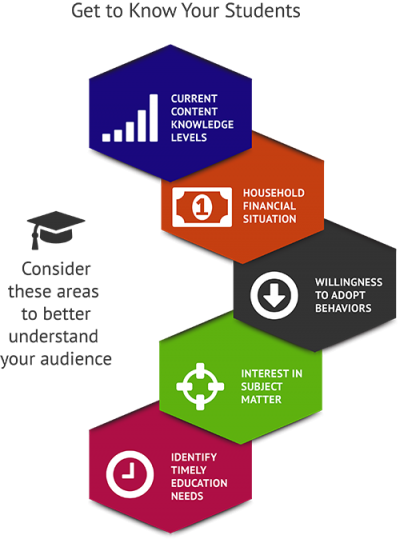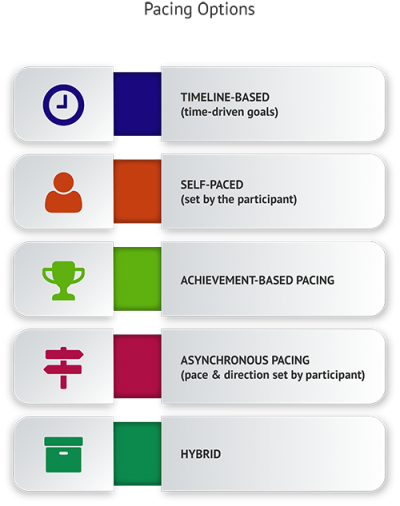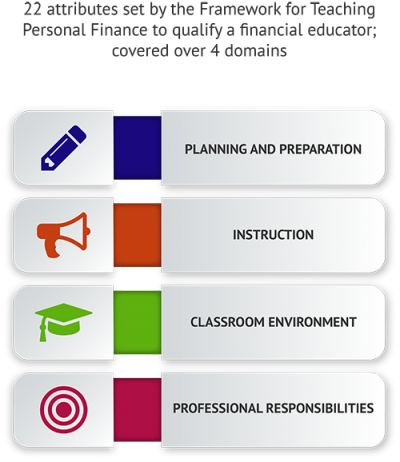Financial Literacy Games for High School Students
If you’re in the market for financial literacy games for high school students that are fun and engaging, look no further. We provide just what you need. Check out our resources to get ideas about how we can help you create and deliver successful personal finance educational programs to any audience.
The NFEC is an independent organization making it easy for people to spread financial literacy to a diverse audience. Whether you want to educate yourself, your family or create a program for a group of people you want to reach, we can give you the support and structure you need to make your passion a reality.
Inception of an Idea to Teach High School Students About Financial Literacy through Games
Mike, a therapist for teens, knew he could help late teenagers at a deep level by teaching them the basics of personal finance. He knew there was both a need and a desire among the many teenagers he had counseled over the years. He had neither developed nor taught such a course, but he was not going to let that stop him. He searched online and found the NFEC, the single answer to all his questions – from personal finance curriculum for high school students to educator personal finance training & certification.


Learning Goals for Mike’s High School Program of Financial Literacy Games
He started by defining the learning goals of his program. He wanted these pre-adults to learn the skills and concepts of saving, spending, budgeting and debt. They would need to think critically about planning their careers and the college loan trap that awaited them. Mike’s financial literacy games for high school program would be designed toward this end.
Course Material Delivery Considerations and Solutions
Mike thought about the best way to deliver the material. His financial literacy games for students in high school would need to be flexible enough to allow students to take responsibility for themselves and structured enough to keep them interested and challenged.
A technology-based program would be ideal, with bi-weekly webinars and an online forum. It would be based on a timeline to make sure the students wouldn’t slack off and forget about the course.
What Subjects Should Financial Literacy Games for High School Students Teach?
Mike then thought about what financial literacy subjects would benefit high school students the most. They were about to be hit with real-world finance, so they’d have to know the basics of saving, spending, budgeting and debt. Just as critical at this time in their lives, they would need to know about how to manage their college loans and plan for their careers.
Aspects of Curriculum Design for Financial Learning Games
Mike wanted his program to offer fun, engaging financial literacy games for students in all grades of high school. The games had to be interactive and relatable to the financial challenges the students would soon face. To maintain credibility and value, the course had to meet established financial education requirements, with learning principles based on hard evidence, not unproven theory. The practical lessons the games taught would need to cause the students to take real-world action in order to establish their money habits now.


A Certified Financial Educator with Past Success
Now Mike needed to find a qualified financial educator with proven success and applicable experience. Thanks to the NFEC, it did not take him long to find a Certified Financial Education Instructor (CFEI) who had been helping high schoolers learn personal finance for years. His clear success demonstrated that he would be instrumental in guiding Mike’s program of developing financial literacy games for high school students.
Positive Results of Mike’s Efforts
Developing a few financial literacy games for students was fun and rewarding. Of the 40 students who signed up for the program, a surprising 36 completed it successfully.
Mike thought 90% was fantastic. He compiled the data and created a report showing how successful his first course had been. This would be a key to getting funding and gathering community support.
What’s Next for Mike’s High School Financial Literacy Games
Mike gave his students a certificate of completion in pdf format, so they could include it in their college and job applications. The online forum stayed active for months after the course ended. It was clear that the students wanted more.
Mike realized that Financial Literacy Games for High School Students had changed his life and theirs. He wanted to offer more advanced materials and cover more communities. He had a lot of work in front of him, but the reward he felt from this one small project made him feel like he could conquer anything. Those simple financial literacy games for high school students channeled Mike’s passion and made him feel younger than he had in years.
